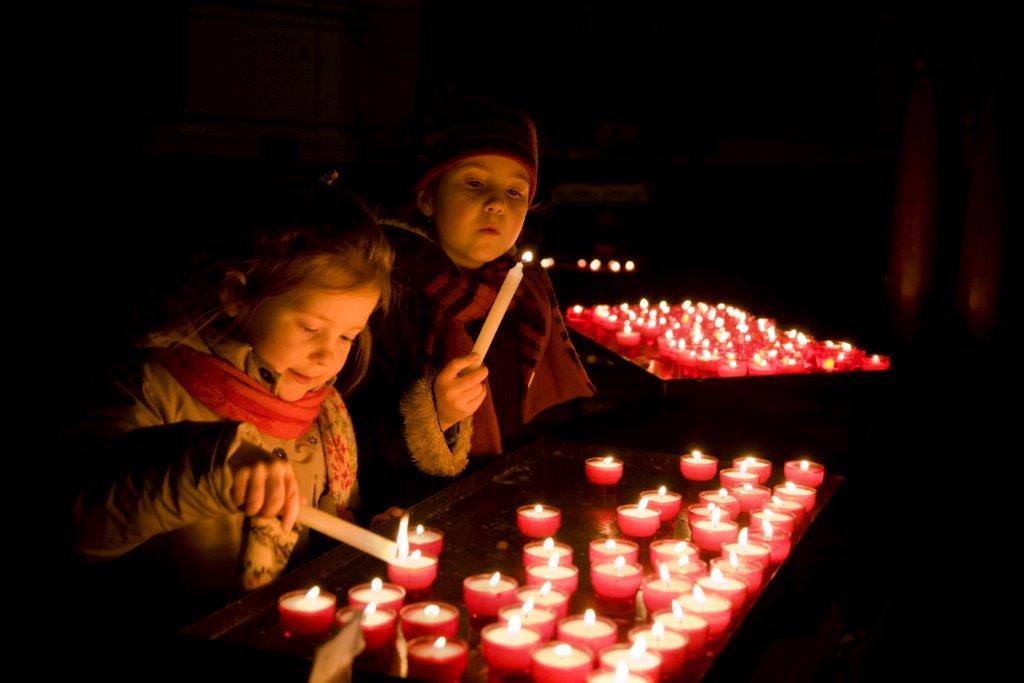Substantial remains of an early Tudor friary church of Franciscan 'grey friars'.
The Grey Friars, or Franciscans, were followers of St Francis of Assisi and founded many religious houses across Europe.
They earned their name from the grey habits that were worn as a symbol of their vow of poverty.




